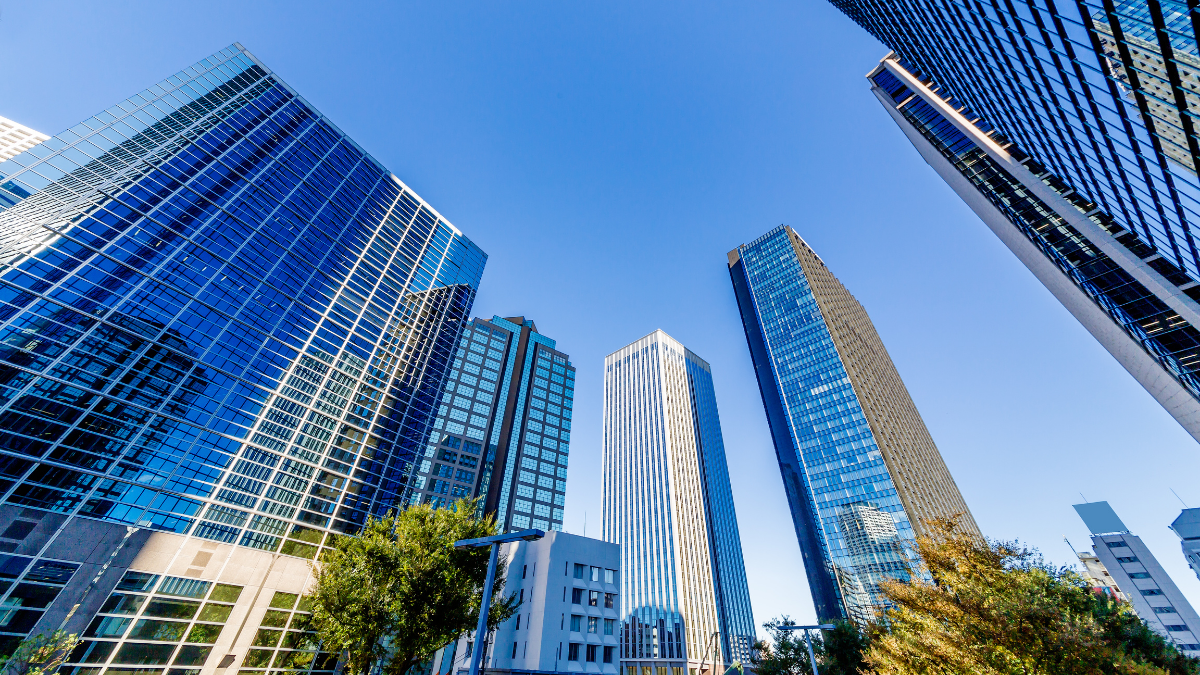The Reserve Bank of Australia (RBA) has today revealed a new wave of measures put in place to help stimulate the country’s economic recovery through increased borrowing.
Those measures include lowering the benchmark interest rates from 0.25 per cent to 0.10 per cent, a reduction in the interest rate on Exchange Settlement balances to zero and the purchase of $100 billion of government bonds of maturities of around 5 to 10 years over the next six months.
The bank said it would cut the interest rate it is charging the nation’s banks to 0.1 per cent on a $200 billion line of credit that has been put in place to offer cheap money to small and medium-sized businesses.
“With Australia facing a period of high unemployment, the Reserve Bank is committed to doing what it can to support the creation of jobs,” RBA Governor Philip Lowe said in a statement released on Tuesday.
“Encouragingly, the recent economic data have been a bit better than expected and the near-term outlook is better than it was three months ago. Even so, the recovery is still expected to be bumpy and drawn out and the outlook remains dependent on successful containment of the virus.”
While the interest rates took a record breaking drop, the decision was highly anticipated.
CreditorWatch Chief Economist Harley Dale has commented that the RBA is “now out of ammunition” and will be relying on fiscal policy to support the economy for the remainder of the year.
“While it can be argued that this latest interest rate cut will do little to stimulate demand, it will likely feed through to lower fixed rate mortgages.” he said. “That can provide a powerful charge to the economic recovery.”
Dr Lowe said it would be some time before the bank would consider an interest rate rise. The last time that occurred was in 2010.
“The board will not increase the cash rate until actual inflation is sustainably within the 2 to 3 per cent target range. For this to occur, wages growth will have to be materially higher than it is currently. This will require significant gains in employment and a return to a tight labour market,” he said.
The unemployment rate is expected to be around 6 per cent at the end of 2022, 4 per cent lower than previously forecast.
Keep up to date with our stories on LinkedIn, Twitter, Facebook and Instagram.

